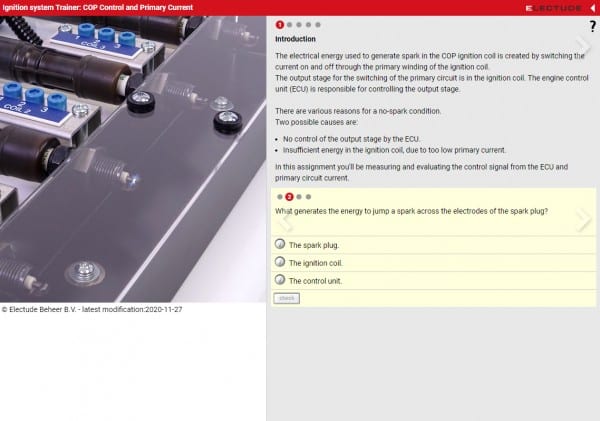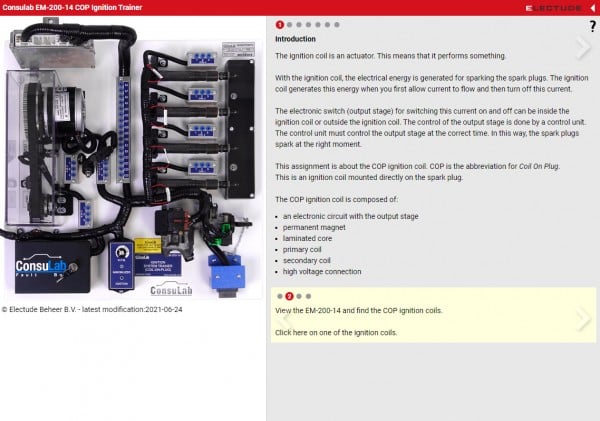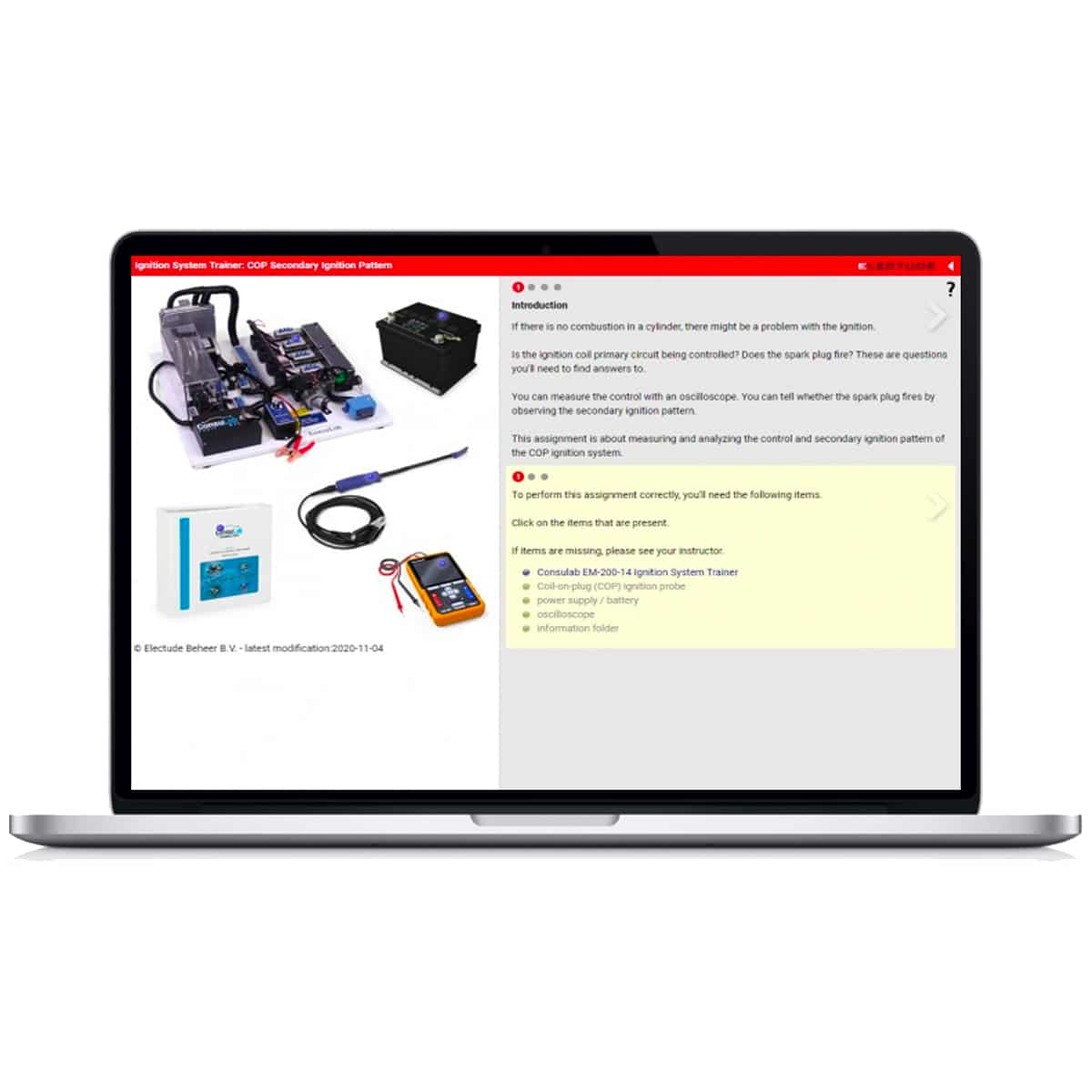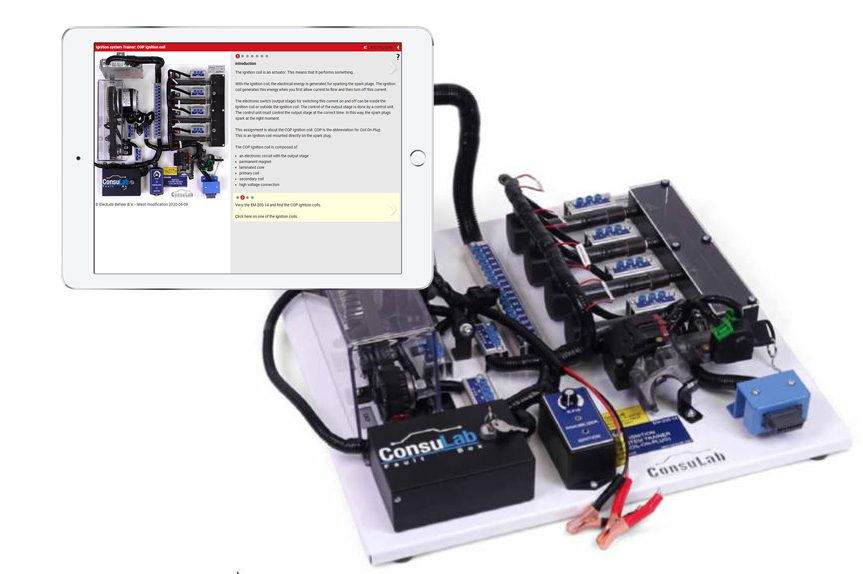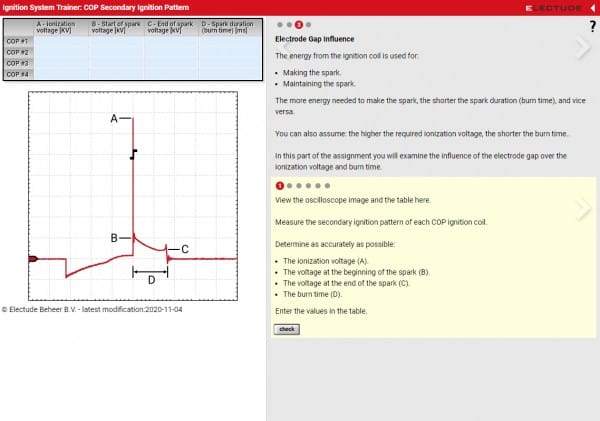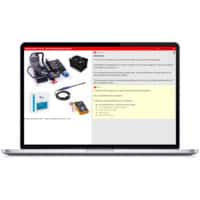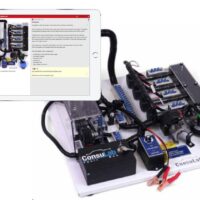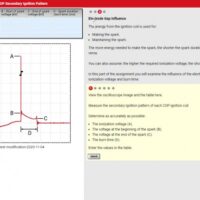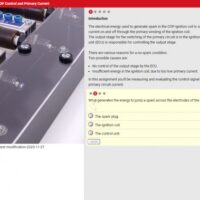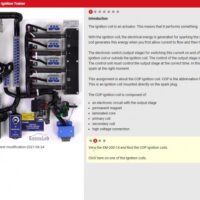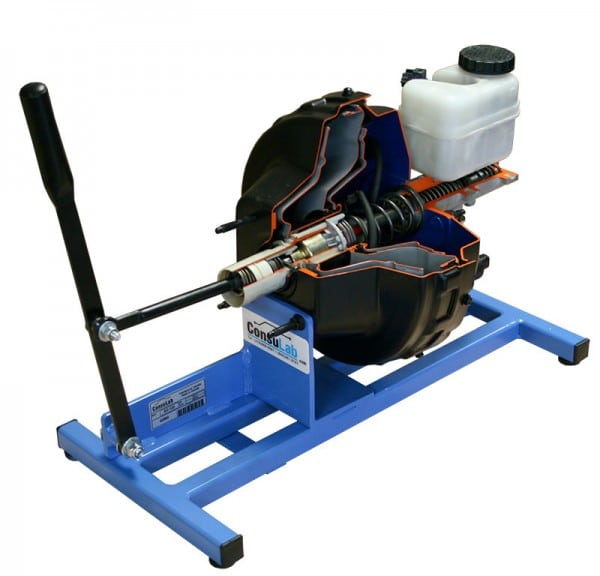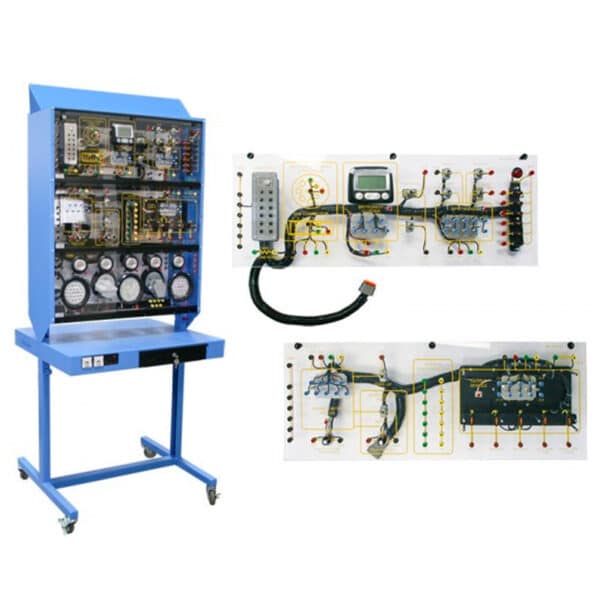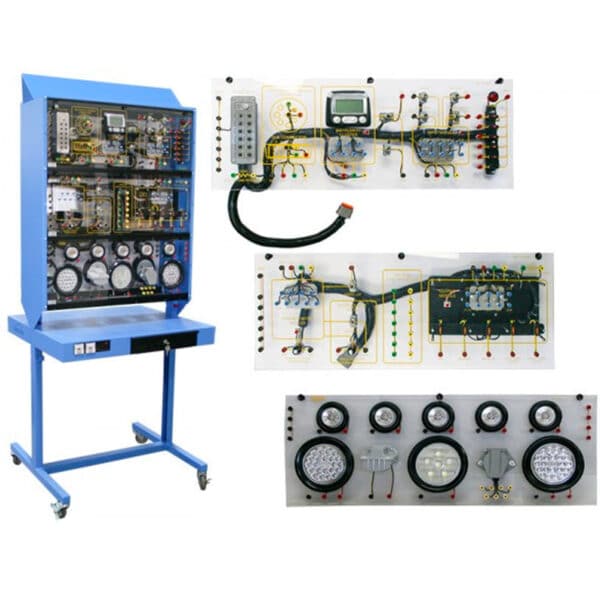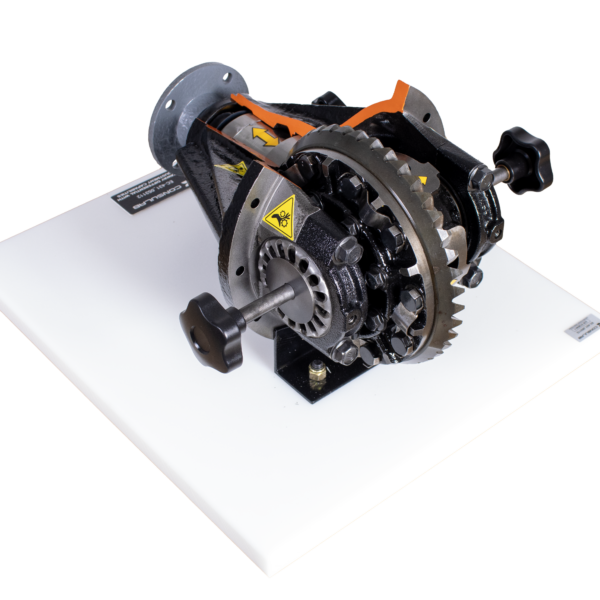Description
The perfect eLearning complement to ConsuLab’s Coil-on-Plug Ignition System Trainer, ELECTUDE’s courseware consists of 8 student-led practical assignments and over 9 hours of instruction.
Using the tabletop EM-200-14 Coil-on-Plug Ignition System Training Aid from ConsuLab and ELECTUDE eLearning, students can clearly visualize the ignition system and complete hands-on activities designed to reinforce lesson modules. Four operational faults can be inserted with terminal block receptacles as diagnostic test points. The training aid also includes:
- Engine Control Module (ECM)
- Crankshaft Position Sensor
- Camshaft Position Sensor
- Electric motor-driven crankshaft and/or crankshaft sprockets
- OBD II data link connectors
- Wiring diagrams in both the courseware and the training aid
This practical set-up allows the participant to supplement previously acquired knowledge of the sensors and actuators of the ignition system with practical skills. The practical set-up consists of a Coil On Plug (COP) ignition system with associated sensors and actuators. In addition, the set-up is equipped with four failures that can be switched on and off using switches.
EM-200-14 Topics of Coverage
Through the preparatory theory and practical assignments, the participant learns:
- How to handle the multimeter, oscilloscope, current clamp and COP signal probe.
- To read electrical diagrams.
- How the sensors and actuators of the COP ignition system work.
- How the sensors and actuators of the COP ignition system are checked with a multimeter, oscilloscope, current clamp and COP signal probe.
- How to apply a diagnostic tester when checking the COP ignition system.
- To analyze and draw conclusions from measured values (multimeter, oscilloscope and live data).
- To apply a diagnostic strategy in the detection of errors in the COP ignition system.
This practical gives you – in combination with the preparatory theory – more insight into the structure and operation of a Coil On Plug (COP) ignition system. Step by step you perform measurements on various sensors and actuators of this system. You then analyze the measured results to gain more insight into how these components work.


